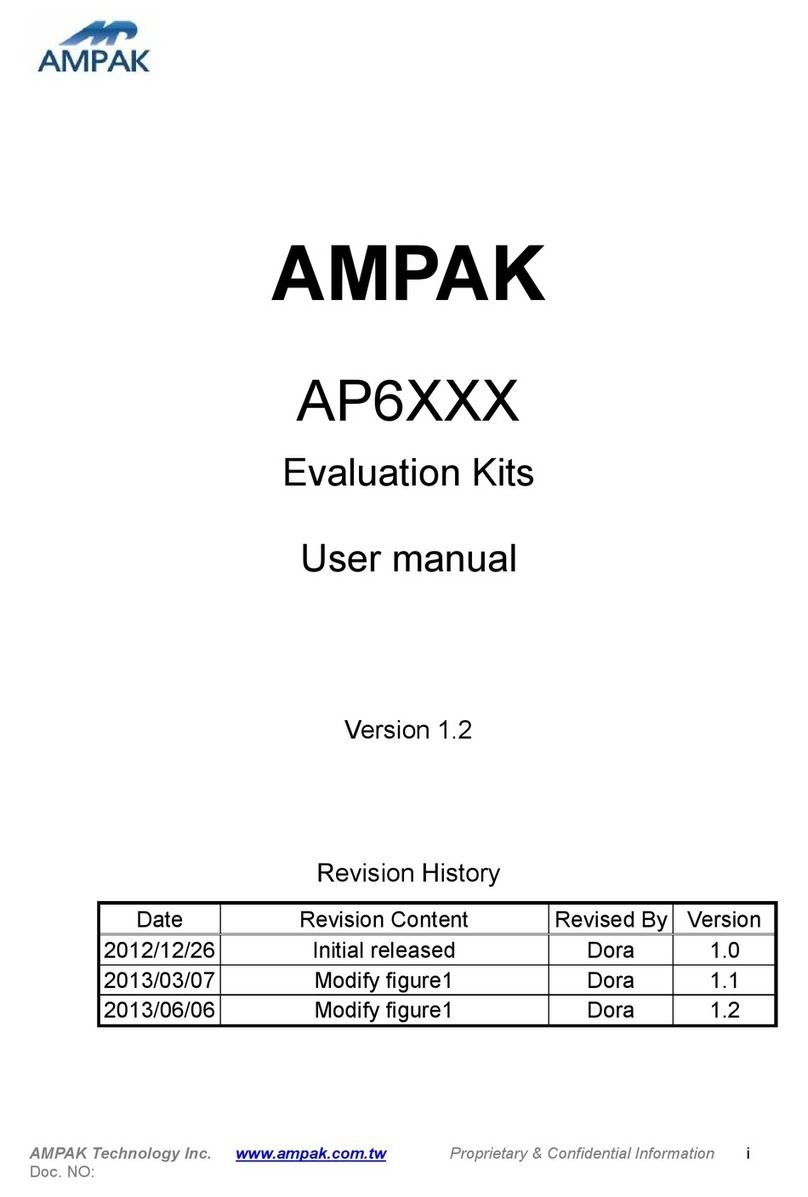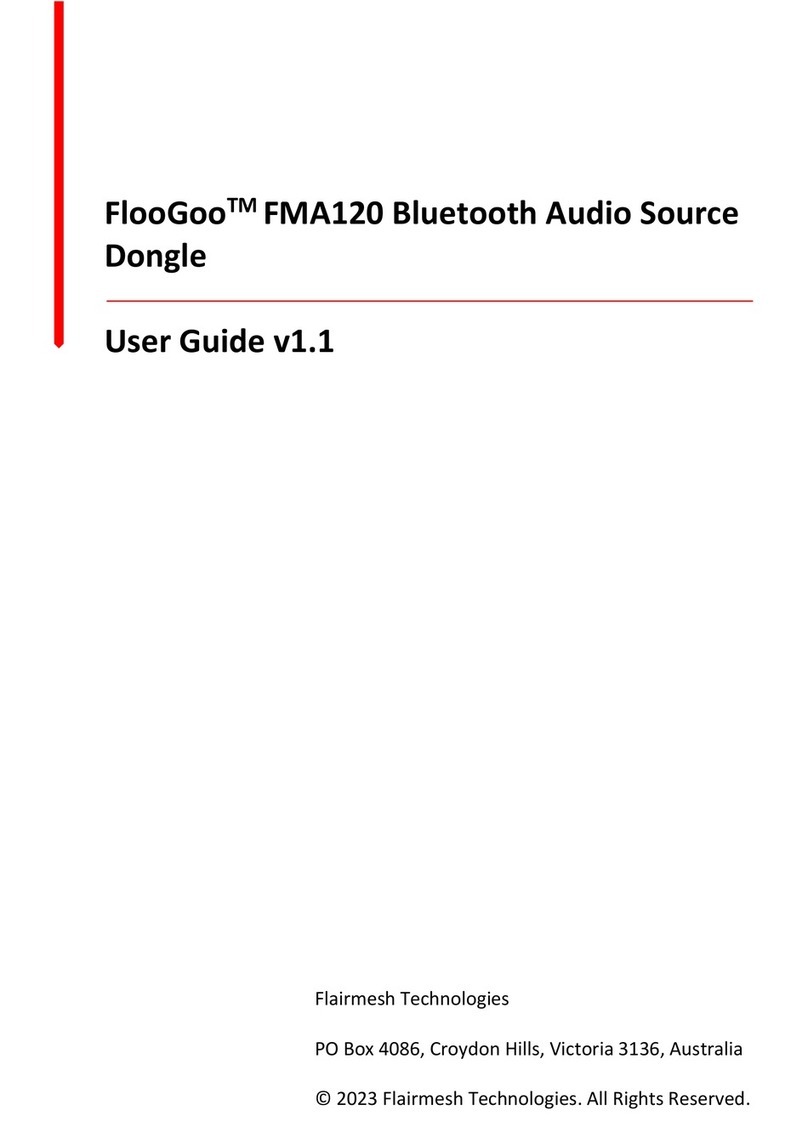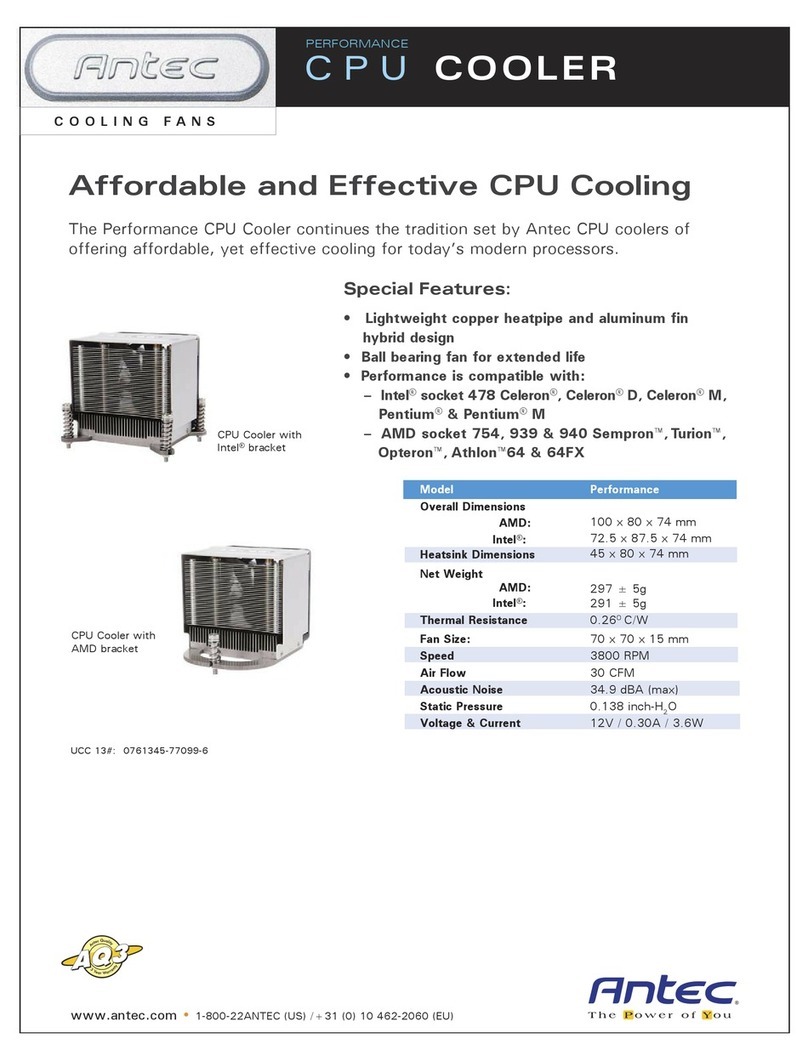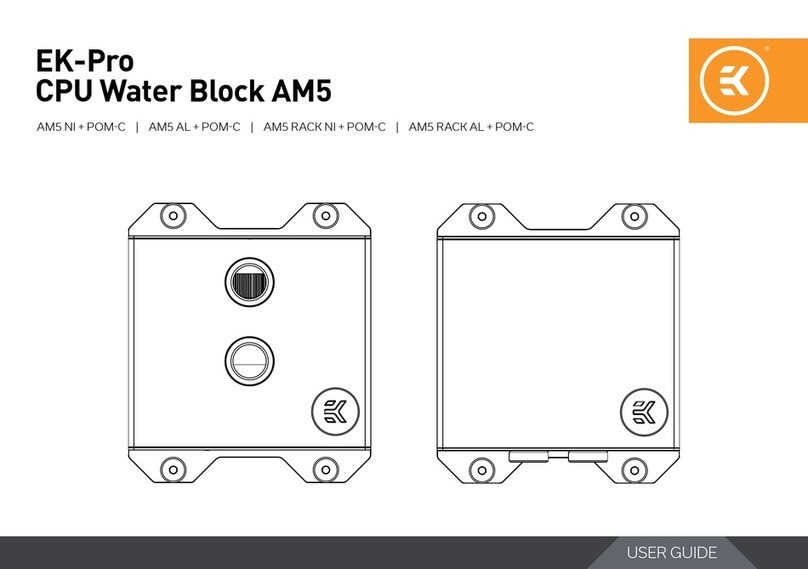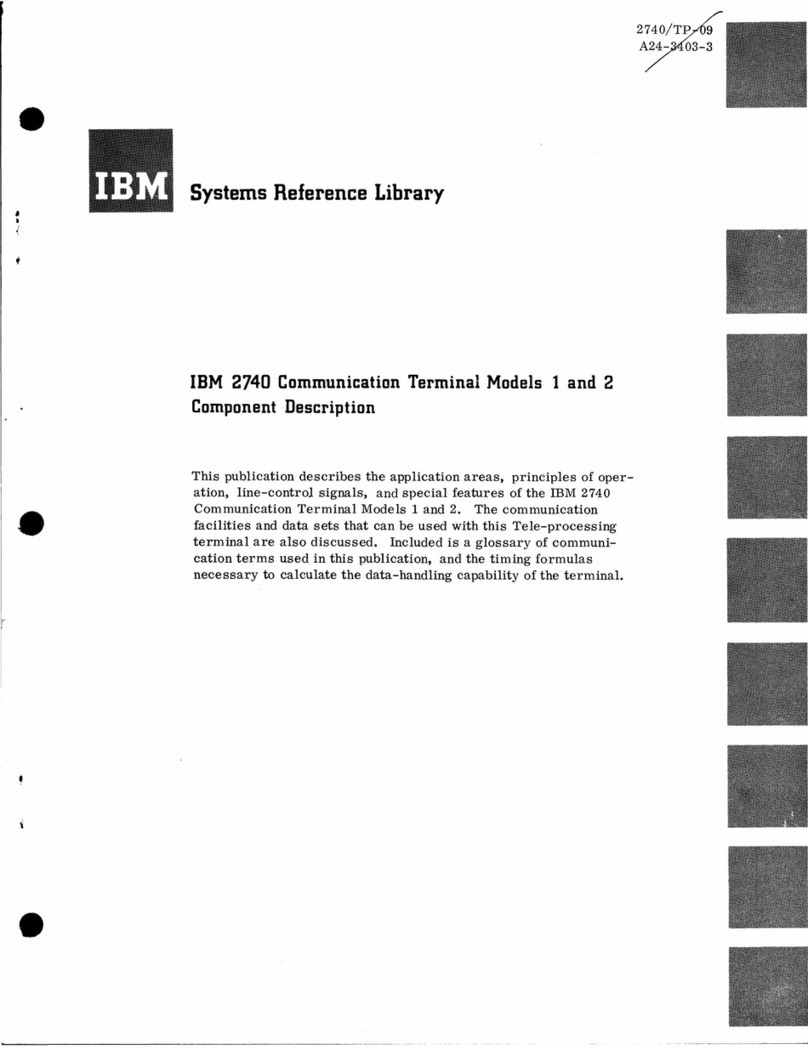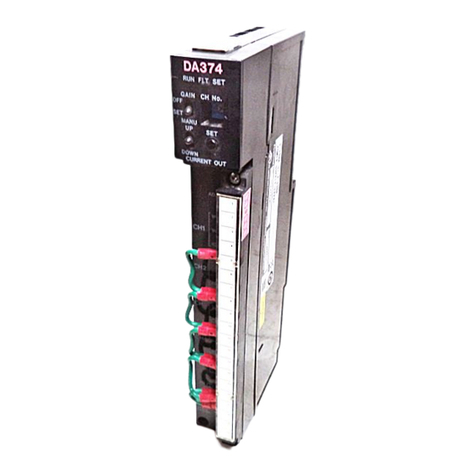ARVOO PICASSO PCI-2SQ User manual

PICASSOTM PCI-2SQ
PCI color frame grabber
User Manual
Draft version
Rev C doc 2.1

Rev C doc 2.1
Copyright 2000 by ARVOO Engineering BV
All rights reserved. No part of this publication may
be reproduced, stored in a retrieval system, or
transmitted, in any form by means, electronic,
mechanical, by photocopying, recording, or
otherwise, without the prior written permission of
ARVOO Engineering BV.
Information furnished by ARVOO Engineering BV
is believed to be accurate and reliable; however, no
responsibility is assumed by ARVOO Engineering
BV for its use; nor for any infringements of patents
or other rights of third parties which may result from
its use. No license is granted by implication or
otherwise under any patent rights of ARVOO
Engineering BV.
PicassoTM is a trademark of ARVOO Benelux BV.
PentiumTM is a registered trademark of the Intel
Corporation.
ARVOO Engineering BV
P.O. Box 439
3440 AK Woerden
The Netherlands
url: www.arvoo.nl
e-mail: [email protected]

CONTENTS
picassoTM PCI-2SQ User Manual
- 3 -
CONTENTS
1. GETTING STARTED ..................................................................................................... 6
1.1 HARDWARE AND SOFTWARE REQUIREMENTS ................................................................. 6
1.2 INSTALLING THE PICASSOTM ............................................................................................ 6
1.3 I/O CONNECTORS ............................................................................................................ 6
1.3.1 Video sources ......................................................................................................... 7
1.3.2 General Purpose Input /Output connector............................................................. 9
2. OPERATION PRINCIPLES ........................................................................................ 11
2.1 FUNCTIONAL OVERVIEW............................................................................................... 11

FEATURES
OVERVIEW
The picassoTM PCI-2SQ is a high-performance ‘plug and play’ PC-card for the PCI-bus. It
enables each standard PCI system to capture and store single images for image processing or
full-frame display of real-time video in a window maximum (30 frames/sec).
The picassoTM PCI-2SQ operates as a PCI bus master, allowing it to transfer images directly to
the system memory or the VGA memory without impacting the processor. The picassoTM PCI-
2SQ has four composite video inputs or two S-video inputs that are software controlled and
accept NTSC, PAL or SECAM video signals.

FEATURES
FEATURES
n32-bit PCI interface
The picassoTM is a full PCI 2.1 bus master with a transfer rate up to 132
Mbytes/sec. This allows the bus master to transfer up to 30 frames/sec. Support
of zero wait state burst transfers.
nMultiple colour/monochrome video inputs
Several configurations are possible, they are software controlled. Maximum of 4
CVBS or 2 S-video inputs.
nResolution
24 bit colour levels. Square pixel format with a maximum of 768/640 active
pixel resolution per frame. Automatic selection of NTSC, PAL, SECAM.
nAutomatic detection of 50/60 Hz
nRS-170 CCIR 601 level-compatible
nSquare pixel – 1:1 aspect ratio
nAutomatic or programmable gain control
nReal-time scaling
Useful for reducing the size of images on the display. Images can be scaled down
randomly.
nMemory
Memory Management Unit (MMU) supports Virtual Memory up to 4
Mbytes/DMA channel. The picassoTM has 3 DMA channels.
nData Formats
Data can be stored in several RGB formats in system memory or the displays
adapter frame buffer.
nTwo digital inputs and two digital outputs
The picassoTM has two optical isolated digital inputs and outputs. They are
software controlled and they can be used for external events such as light
switching and camera triggering. The inputs can be programmed as interrupt for
fast input reaction time.

GETTING STARTED
1. GETTING STARTED
1.1 Hardware and Software Requirements
The following minimum system characteristics are required by thepicassoTM .
nIBM PC or PC compatible Pentium 266MHz (or higher performance system).
nOne available PCI version 2.1 bus master expansion slot (32-bits and 5 V I/O).
n32 Mbytes of RAM.
nPCI compliant VGA or Super VGA board, with 2 Mbytes linear accessible frame buffer
(supporting one or more of the colour space formats supported by thepicassoTM ).
nA mouse or compatible pointing device.
nOne 3.5 inches floppy disk drive for installation.
ARVOO recommends systems with newer PCI-chipsets, such as Intel 440BX, i810 or i820.
1.2 Installing the picassoTM
1. Select a 32-bit PCI bus master expansion slot. Refer to your computer systems user manual to
determine which slots are bus masters.
2. Remove the metal bracket.
3. Before handling the board, discharge any static build up on your body by touching the metal
case of the computer. Remove the board from its bag and hold the picassoTM by its top edges
and do not touch its components.
4. When the bottom of the board contacts the bus connector, gently press down on the board
until it is fully seated. Secure the board using the removed screw from the slot cover.
5. Connection of the video signal to the picassoTM is accomplished using a standard S-video
connector (4 pins minidin). One way of connecting the video signal is using the cable
delivered with the picassoTM. This cable converts the S-video to 2x cinch (phono male
connectors) or 2x BNC.

GETTING STARTED
1.3 I/O connectors
1.3.1 Video sources
The picassoTM supports up to four video sources. The video input-connectors VID0 and VID1
are 4-pins minidin female connectors [see Figure 2].
nComposite video sources (CVBS) are connected to input A-D of VID0 and VID1
[see Table 1].
nS-video (S-VHS or Hi8) is connected to VID0 and VID1. Inputs A and C are used for the Y
(luminance) channel of the S-video source. Inputs B and D are used for the C (chrominance)
channel of the S-video source [see Table 2].
Sub D-
VID1
VID0
Figure 1
VID0 VID1 Sub D-9
3 4
1 2
Figure 2: Close-up of VID0 and VID1.
Input Connector Pins mode
AVID 0 3mode 0
BVID 0 4mode 5
CVID 1 3mode 2
DVID 1 4mode 1
GND VID0,VID1 1, 2
Table 1: Connecting Composite Video to the picassoTM.

GETTING STARTED
Example to connect four composite video signals to the picassoTM:
Table 2 shows the connection of two S-video sources to the picassoTM. A connection example is
given in Figure 4.
The selection of the different Video inputs is software controlled. You can select one mode at
one time.
ATTENTION: When you use the delivered cable with the frame grabber then the RED cinch-
plug (phono connector) is connected to pin 3 of the VID 0/1 minidin and the
BLACK cinch-plug is connected to pin 4.
Cam.
Cam.
Cam.
Cam.
A
B
C
3
4
3
4
VID0
VID1
D
Figure 3
3
4
3
4
VID0
VID1
Cam.
Cam.
Y and C
Y and C
Figure 4
Input (S video) Pins Mode
VID0 3=luminantie, 4=chrominantie Mode 6
VID1 3=luminantie, 4=chrominantie Mode 7
GND 1,2 of VID0 and VID1
Table 2: Connecting S-video to the picassoTM .

GETTING STARTED
1.3.2 General Purpose Input /Output connector
The General Purpose Inputs and Outputs are connected to the picassoTM by a sub D-9 connector.
In Figure 5 you see a close-up of the sub D-9 connector. The pin connections are listed in
Table 3.
When you use the general-purpose inputs or outputs you have to connect an external 5 V power
supply. The maximum voltage is 5.5 V and the input current is 10 mA.
ATTENTION: The maximum output current is 100mA.
The outputs are open drain, which means that logic 1 will force the output to ground. A wiring
example to connect an output is given below.
ATTENTION: When the computer is turned off and the external power supply stays up the
output will also be forced to ground.
Sub D-9 Pins
Input 0 1
Input 1 2
Output 0 4
Output 1 5
VCC (5V) 6
GND 3,9
Table 3
1
5
6
9
Figure 5: Close-up of the
sub D-9 connector

GETTING STARTED
In Figure 6 a wiring example for an output is given.
In Figure 7a wiring example for an input is given.
External 5V
External
power
supply
GND
picasso
TM
PC
Input 0/1
Figure 7
output 0/1
External 5V
Imax 100
External
power
supply
GND
picasso
TM
PC
Figure 6

OPERATION PRINCIPLES
2. OPERATION PRINCIPLES
2.1 Functional Overview
Front-end
The Front-end accepts either single composite video or separate Y and C signals. Channel
selection is handled through a video mux which is software controlled.
The Front-end is compatible with PAL B/G, NTSC M and SECAM.
PCI-bridge
The images can be scaled down randomly. By specifying starting pixel, line locations and size an
exact region can be selected. The user has to specify both the source and target fields.
The scaler controls also brightness, contrast, hue and saturation. The data can be stored in
different RGB output formats.
V
synch.
YUV
Scaler,
bright.,
contrast,
hue,
Frontend
an
alo
g
digitizer
2Y/C
or 4CVBS
2 inputs and
2 outputsI/O
controller
PCI-bus
interface
GPIO
data
32
PCI-bus
I²C
PCI-bridge
RGB
converter
Figure 8

OPERATION PRINCIPLES
I/O controller
The input register is read-only and must be driven by an external source. It is possible to
generate interrupts from the inputs. The output register is read-write.
PCI-interface
The scaled image is transferred directly to the system memory or the displays frame buffer under
program control.

APPENDIX A
Appendix A
1. Electrical specifications
Electrically-compatible with PCI specification, version 2.1.
2. Mechanical specifications
nMechanically compatible with PCI specification, version 2.1, short board.
nMeasures 106x175 mm
nRequires 1 PCI slot
Power requirements Min. Typical Max.
Supply voltage, Vcc 4.75 V 5.0 V 5.25 V
Supply current, Vcc = 5.0 V 800 mA
Supply voltage, 12Vcc 11.5 V 12.0 V 12.5 V
Supply current, 12Vcc 75 mA
General purpose voltage 4.5 V 5.0 V 5.5 V
Input current, Vgp = 5.0 V - 10 mA -
Output current, Vgp = 5.0 V - 80 mA 100 mA
Vi(p-p), CVBS input signal 0.5 V 1.0 V 1.38 V
|Zi|, input impedance 75Ω
Table 4
Environmental
Operating temperature 0º to 70º Celsius
Storage temperature -40º to 85º Celsius
Non-Condensing relative humidity less than 90%
Table 5
Table of contents
Popular Computer Hardware manuals by other brands
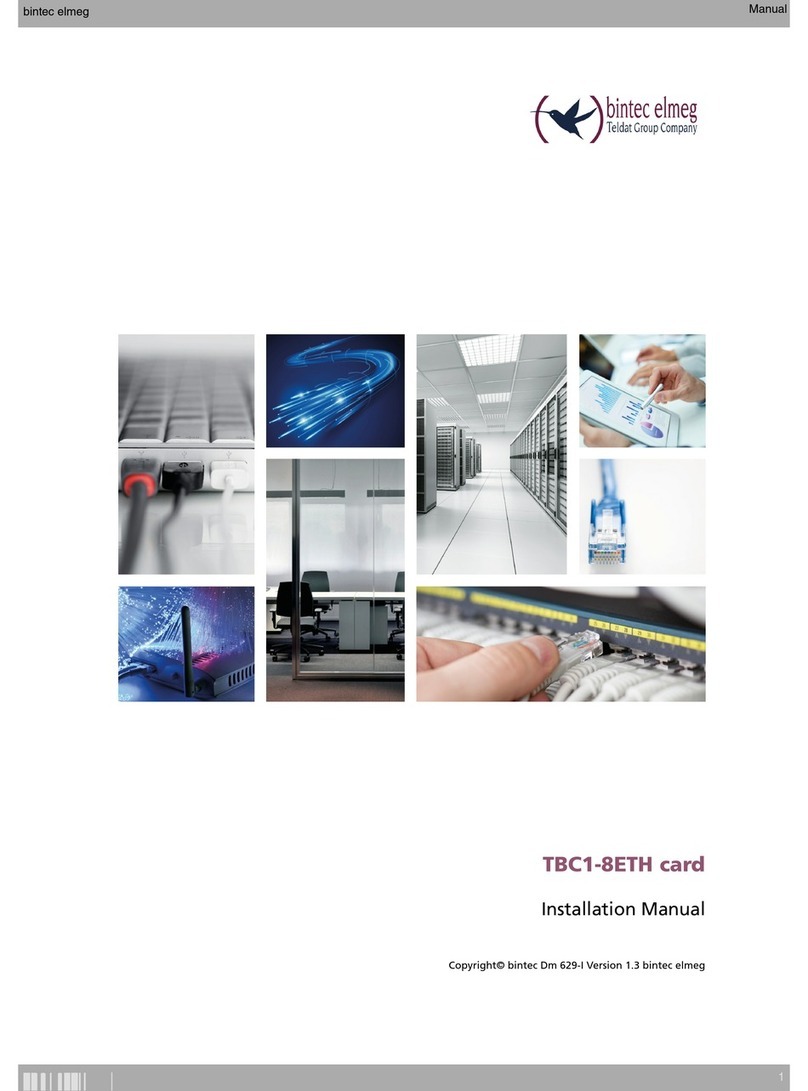
bintec elmeg
bintec elmeg TBC1-8ETH installation manual
Cypress Semiconductor
Cypress Semiconductor STK14C88-3 Specification sheet
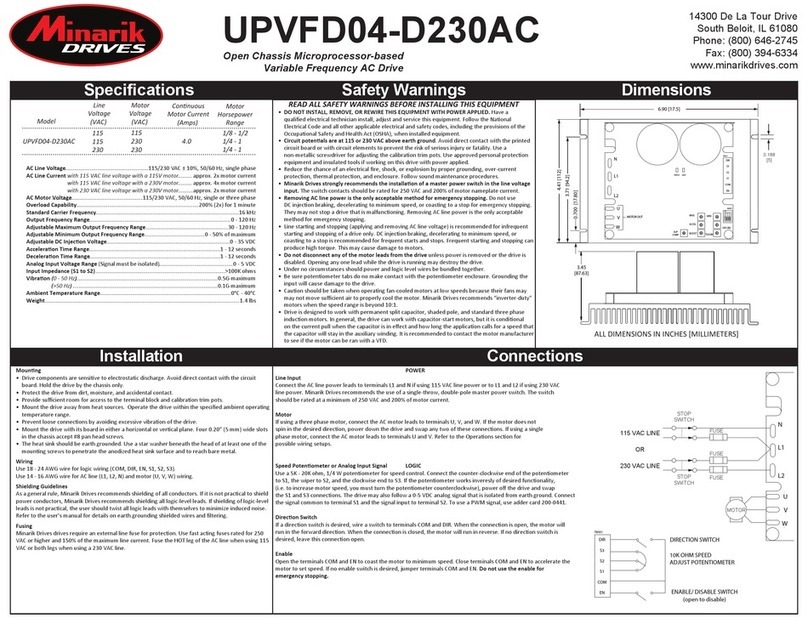
Minarik
Minarik UPVFD04-D230AC instructions
Cypress Semiconductor
Cypress Semiconductor CY7C027AV Specification sheet
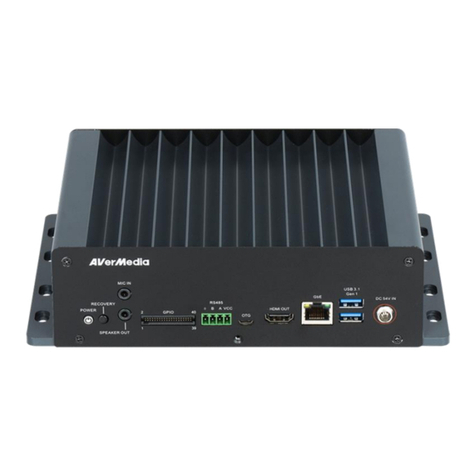
Avermedia
Avermedia AVerAI EN713-AAE9 instruction manual
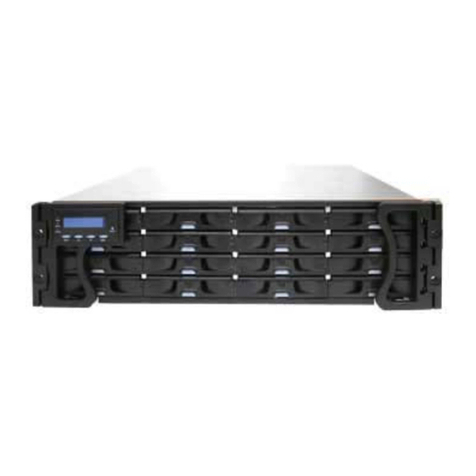
Galaxy
Galaxy GHDX2-2430S-16F4D Installation and hardware reference manual
